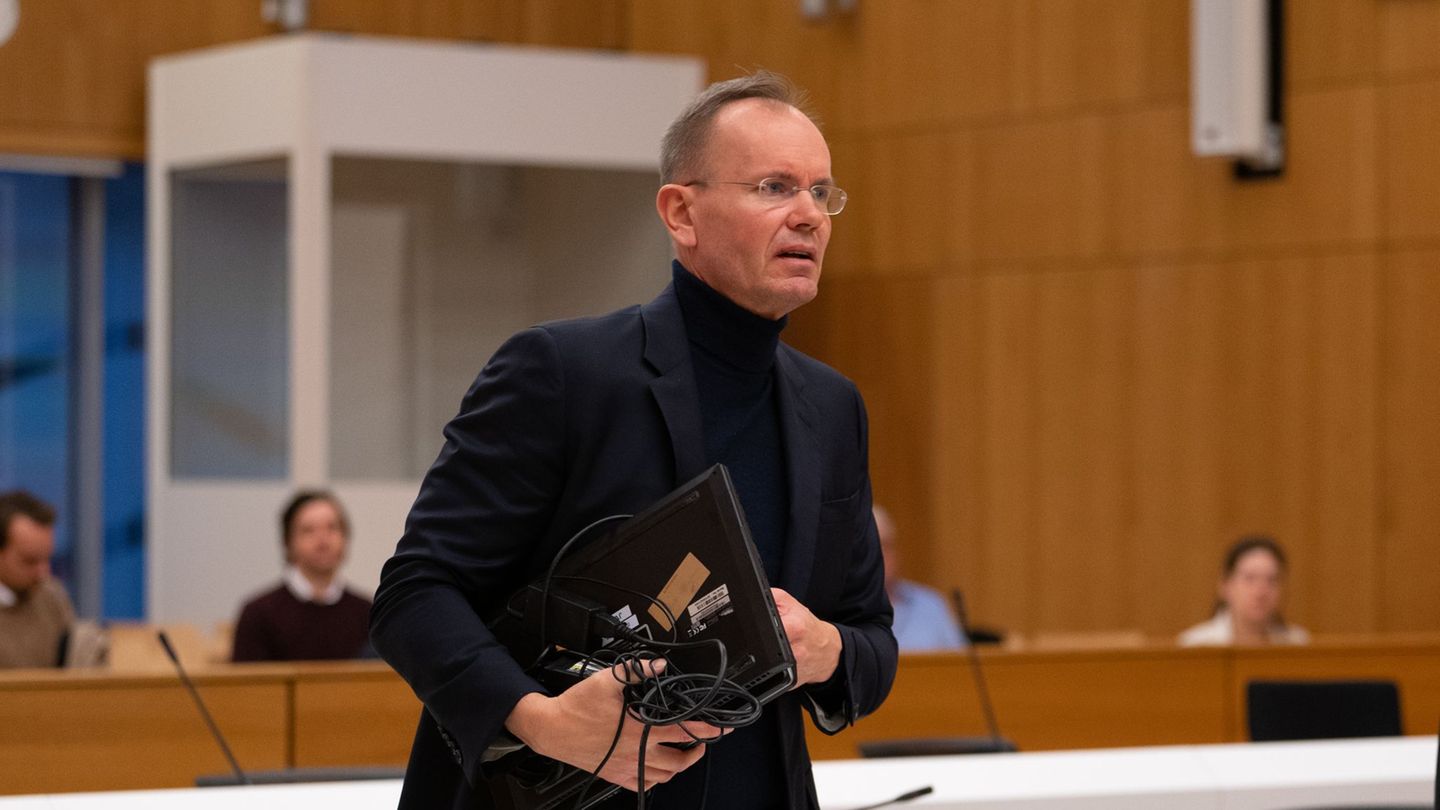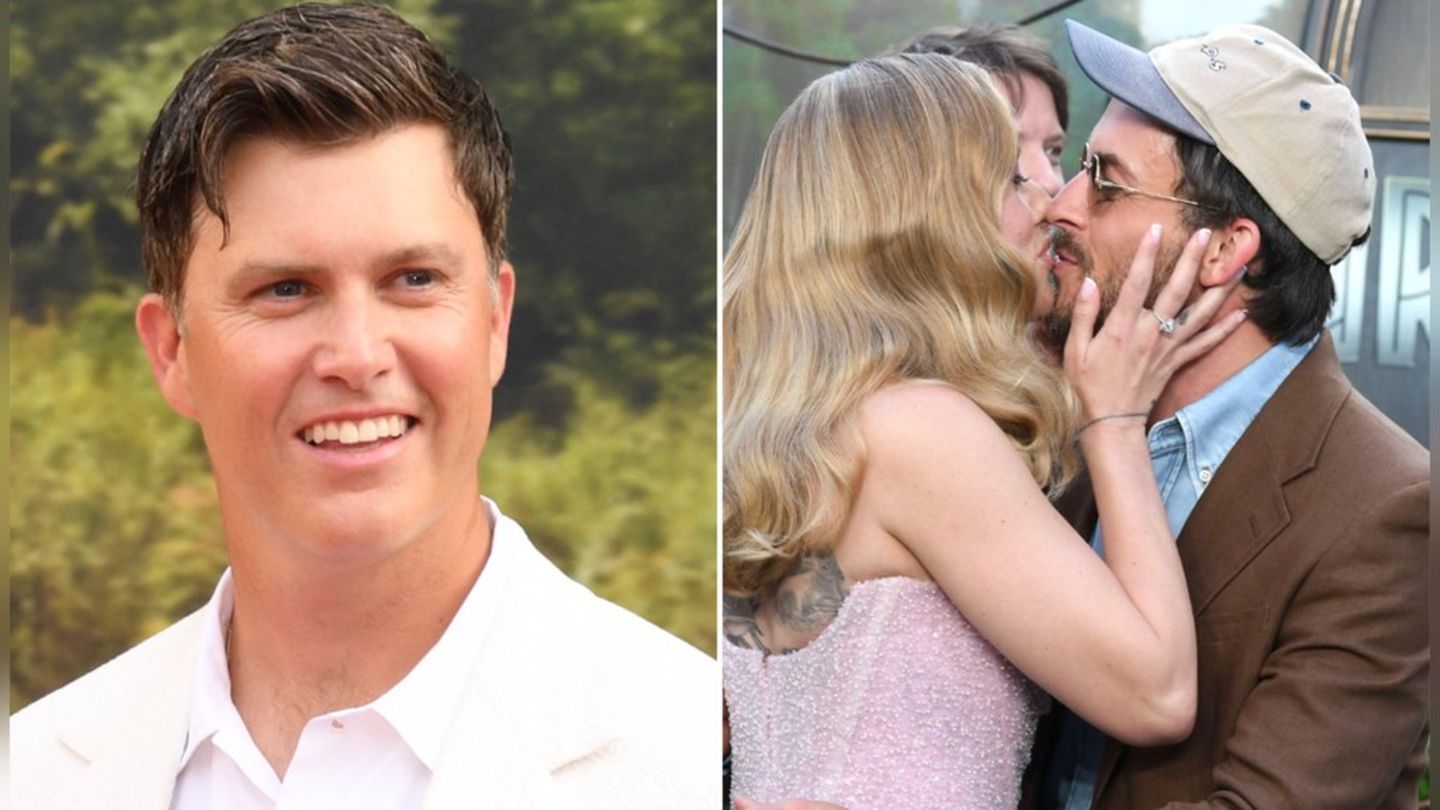Compensation for shareholders?
Wirecard civil lawsuit: A model plaintiff for 8,500 shareholders
Copy the current link
The Wirecard criminal trial has been running since the end of 2022. The civil law claims for damages dwarf its dimensions: tens of thousands of people involved, millions of pages of paper.
Four and a half years after the Wirecard bankruptcy, Bavaria’s highest regional court will hear a model lawsuit from a Hessian shareholder this Friday on behalf of an avalanche of claims for damages. But it will be less about Wirecard than about the auditing firm EY, which had confirmed the allegedly false balance sheets of the DAX group that collapsed in 2020 for years. Model plaintiff lawyer Peter Mattil assumes that a comparatively quick verdict will be possible within the next few years. The Munich lawyer told the German Press Agency.
“The findings that we have submitted to the court are 800 pages long with reasons,” said Mattil. “These include a lot of breaches of duty by Ernst & Young, which we have explained and described individually. This of course has to be dealt with. If the court works quickly and commissions an expert report to deal with these findings, this could happen in the first instance in three years.”
EY rejects the allegations: “We assess the claims for damages against EY Germany as unfounded,” said a spokesman. “Our position therefore continues to be that there are no claims against EY Germany for damages.”
Legal questions for gourmets
The court first wants to examine whether proceedings can actually be carried out against EY as part of the capital investor model case. In the court’s formulation: The particular issue will be whether the “determination objectives” against EY are “permissible”.
Damaged investors can hope for compensation if they were misled into buying the respective stock by incorrect information. In the Wirecard case, it was the presumably fictitious profits in the group’s balance sheets – confirmed by the EY auditors. A legal question is whether the audit reports and signatures of the EY auditors on Wirecard’s balance sheets were capital market information or not. An essential prerequisite for successful lawsuits is proof that investors were intentionally misled.
There’s not much to be gained from ex-CEO Braun – EY is the real goal
In a series of 11 “model defendants”, EY is only in second place behind former CEO Markus Braun. But the auditing firm is the real target. Because there’s not much left to be gained from Braun. The Austrian manager was once a billionaire. But with the Wirecard bankruptcy, Braun also lost his assets, which consisted largely of Wirecard shares. The other model defendants also cannot pay three-digit million sums: These are Braun’s two co-defendants in the criminal proceedings, a former Wirecard CFO, four EY auditors who were previously involved with Wirecard personally, and the two insolvency administrators of Wirecard AG and Braun’s asset management.
Wirecard shareholders suffered horrendous share price losses
The civil law model case is running separately from the criminal case, in which Braun and co-defendants have had to answer since December 2022. The model lawsuit is being negotiated as a representative of 8,500 claims for damages with claims totaling 750 million euros. These 8,500 procedures are now suspended until the end of the model trial. Wirecard shares rose to almost 200 euros each in 2018, but after the bankruptcy in 2020 they were only cents.
Tens of thousands of demands, millions of pages of paper
The purpose of the test case is to simplify and speed up the legal processing of the scandal at least a little: The Munich civil courts are groaning under the burden of Wirecard: Apart from the actual lawsuits, 19,000 shareholders have filed claims for damages, according to the spokesman for the Bavarian Supreme Regional Court (BayObLG) announced. And the claims in the insolvency proceedings now total over 15 billion euros. According to BayObLG, this includes 50,000 shareholders who are demanding 8.5 billion euros for their share price losses. In practical terms, this means that the courts have received tens of thousands of written submissions. Since these often contain several hundred pages, the total is probably several million pages of paper. However, no one counted them.
Shareholder community versus court
Not everyone is therefore as optimistic as model plaintiff lawyer Mattil. The SdK shareholders’ association accuses the Bavarian Supreme Court of junk: “This is the largest civil case in the history of the Federal Republic,” said SdK board member Marc Liebscher. “It has been over four and a half years since the first lawsuit was filed until we have a first oral hearing, and that only to clarify a partial preliminary question.”
Just selecting a model plaintiff took a year. According to Liebscher, there is a feeling among the shareholder community “that the Bavarian Supreme Court lacks both the equipment and the will due to a lack of digitalization and perhaps also a lack of staff. Our impression is that the plaintiffs are being demotivated by frustration and tediousness. “
Process duration of several years “inevitable”
The court, on the other hand, points to the complexity of the procedure with the large number of parties involved and claims filed. “In view of this, the accusation described is incomprehensible,” said a spokesman. The model plaintiff and other parties involved in the proceedings have now formulated a total of around 2,500 additional findings. With a view to the legal concept of the capital investor model procedure and the dimension of the Wirecard case, the court also assumes “that the duration of the proceedings in the first instance of several years appears to be unavoidable.”
The Telekom process, the first model process in Germany, is still considered a negative example to this day. This lasted twenty years; the original plaintiff died years before completion. Plaintiff’s lawyer Mattil at least doesn’t fear a repetition in this regard: “If the proceedings continue quickly, it won’t take twenty years. A lot also depends on the lawyers.”
dpa
Source: Stern




